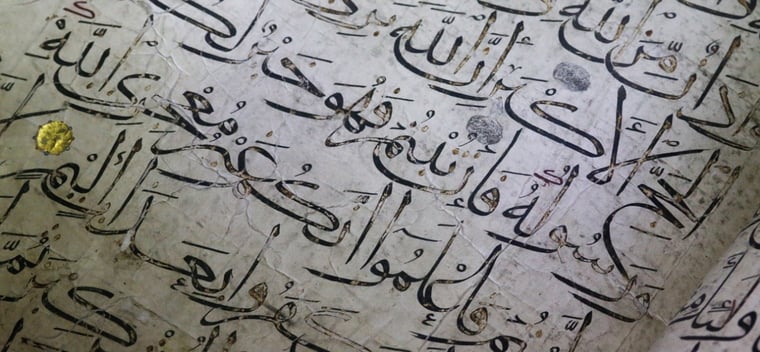A lot of times when people find out I speak Arabic, I get asked the following question:
“Is Arabic the same as Farsi?”
The answer is no — Arabic is not the same as Farsi — but I usually go into a bit more detail than that because I like people to get a feel for these two languages and how they compare and contrast with one another.
Here at LinguaLinx, we help clients all over the world translate their websites and documents (from legal to healthcare to educational) into 98% of the world's known languages.
And because we have so much knowledge to share on all things language, we wanted to detail for you the key similarities and differences between Farsis and Arabic.
The Arabic Alphabet
After explaining that the two languages are in fact different, I then explain that they use the same alphabet. The Arabic alphabet is the basis for multiple languages across the Arabian Peninsula, Middle East, North Africa, and as far east as India and western China. Languages that use the Arabic alphabet include Farsi, Kurdish, Pashto, Somali, and Urdu. Even Turkish was written in the Arabic alphabet up until 1928 when Turkey passed a law banning the use of the Arabic alphabet for writing.
Each of these languages has some variation in lettering — but they all share the same foundation.
They Look Similar, But Sound Completely Different
The next thing I usually tell people is that although the two languages share the same alphabet, the languages are completely different.
This explanation doesn’t usually resonate with anyone until I go into further detail by comparing two languages such as Portuguese and French and how they share the same alphabet but are far from being the same language.
Language Groups and Families
That usually clears things up, but in truth, Farsi and Arabic are even more different than Portuguese and French because they don’t have a language group in common. Portuguese and French are both Latin, or Romance, languages while Farsi and Arabic represent two different language groups: Iranian and Semitic, respectively. In fact, Farsi is not only in a separate language group from Arabic but it’s also in a separate language family.
Arabic is in the Afro-Asiatic family while Farsi is in the Indo-European family. Coincidentally, Portuguese is also in the Indo-European language family, but it also differs from Farsi in many ways.
Perhaps next time I’m asked about Farsi vs. Arabic I’ll say, “Farsi is actually more closely related to Portuguese.” However, given the fact that they are spoken in nations almost 3,500 miles apart, it would probably be best not to confuse matters even more.
Need any Farsi or Arabic documents translated?
If you have any translation, localization, or interpretation needs, LinguaLinx can help.
Whether it's Farsi or Arabic, LinguaLinx works with companies around the world to help localize translations to your customers so you deliver the right message at the right time.
With LinguaLinx, you won't ever have to worry about your message getting across. You know you're in good hands with our ISO 17100 compliance, twenty years of professional translation experience, and the organizations whose trust we've earned.
To chat with us about your language translation needs, click on the link below.
Continue Learning with these helpful articles:








